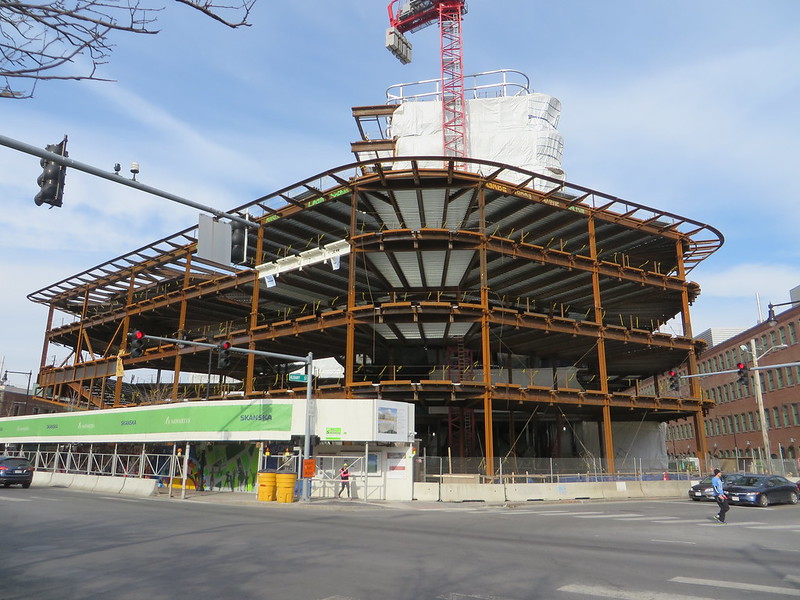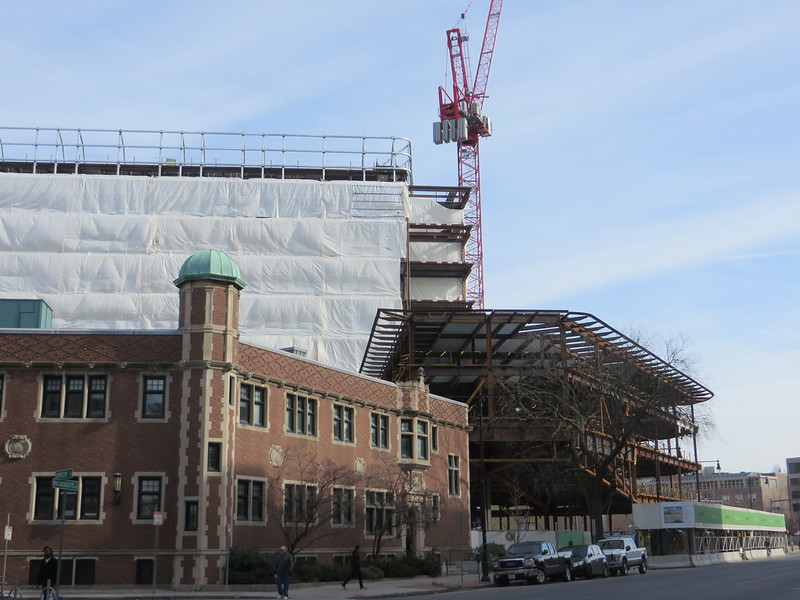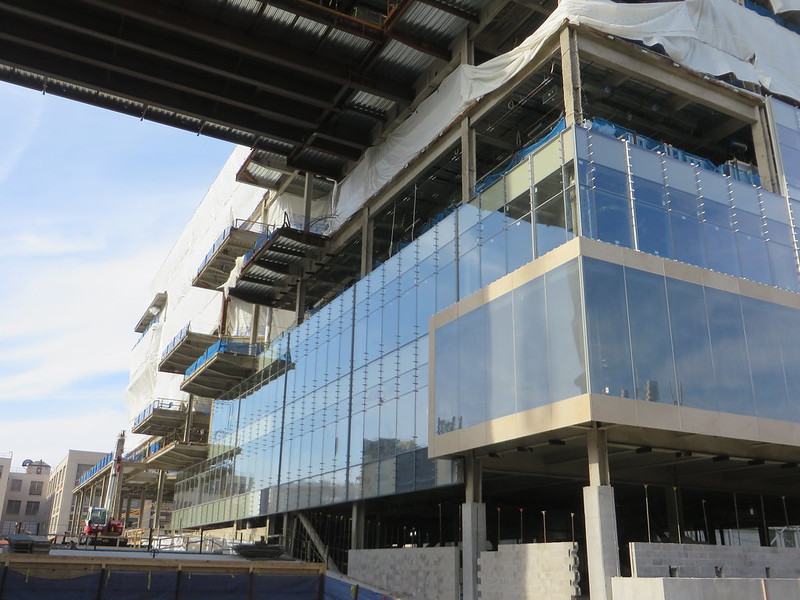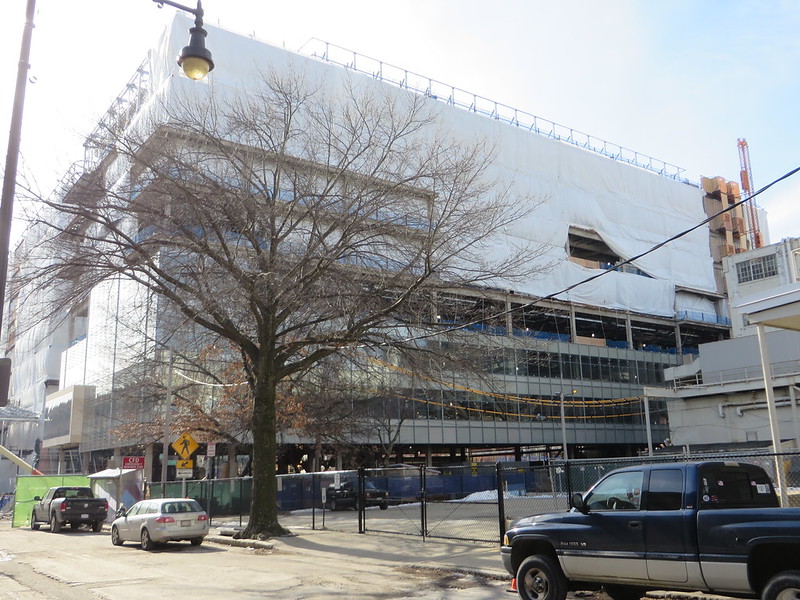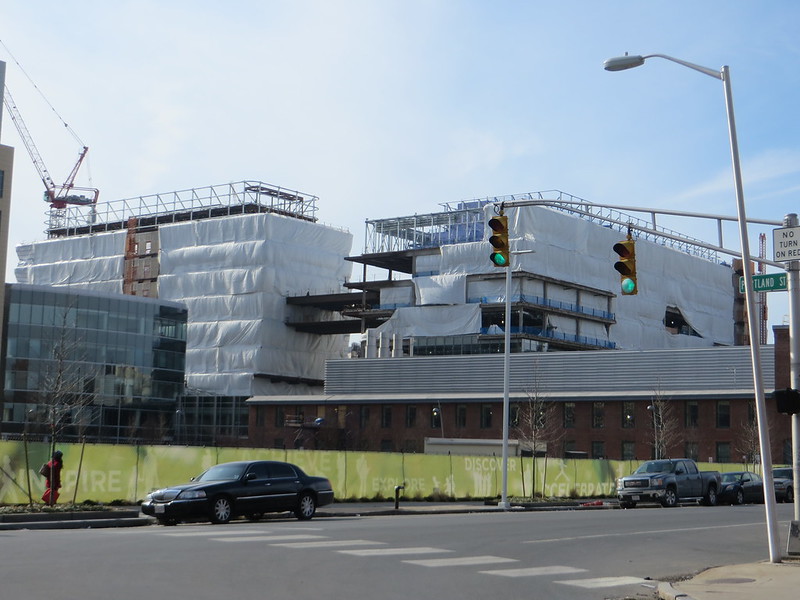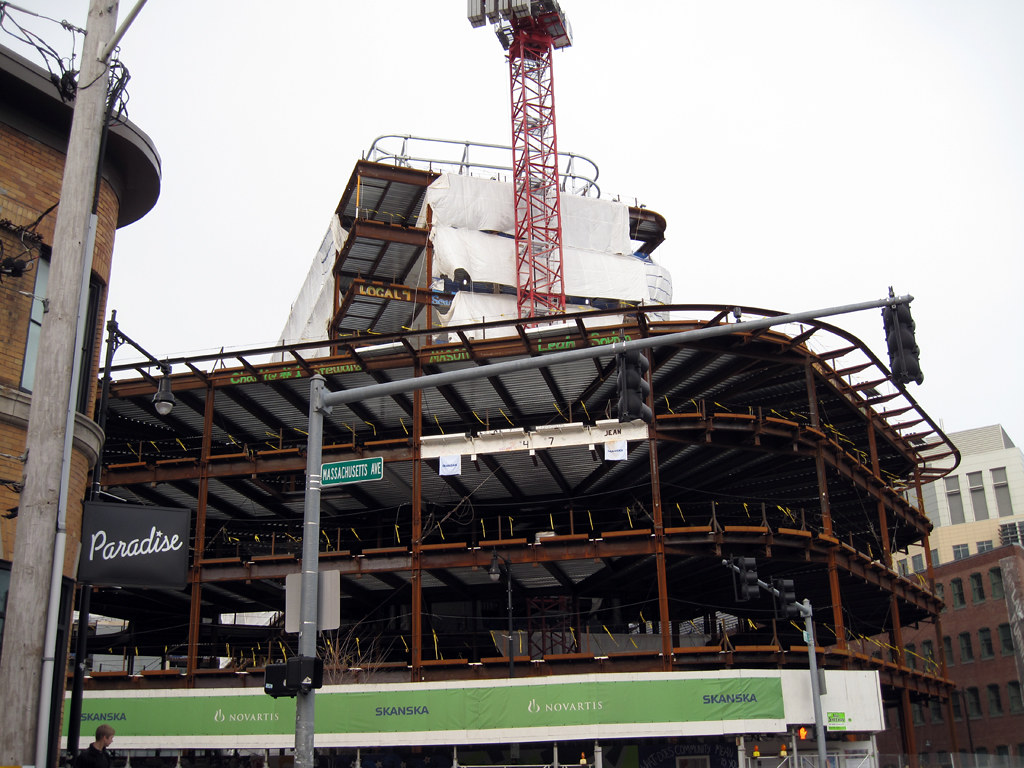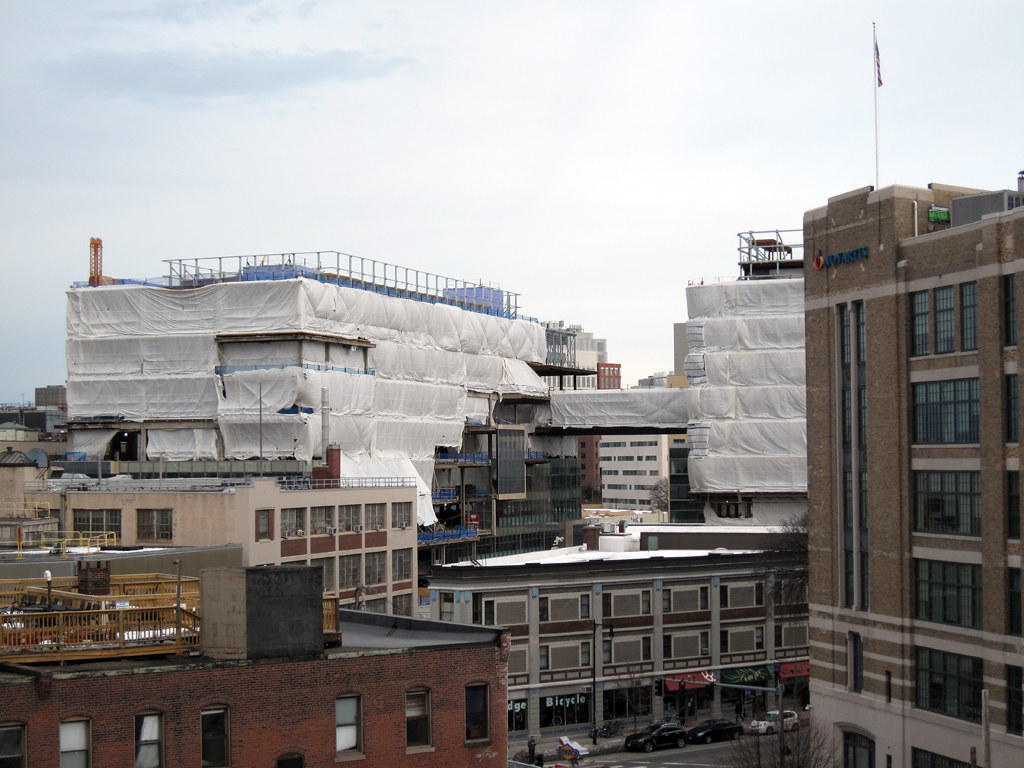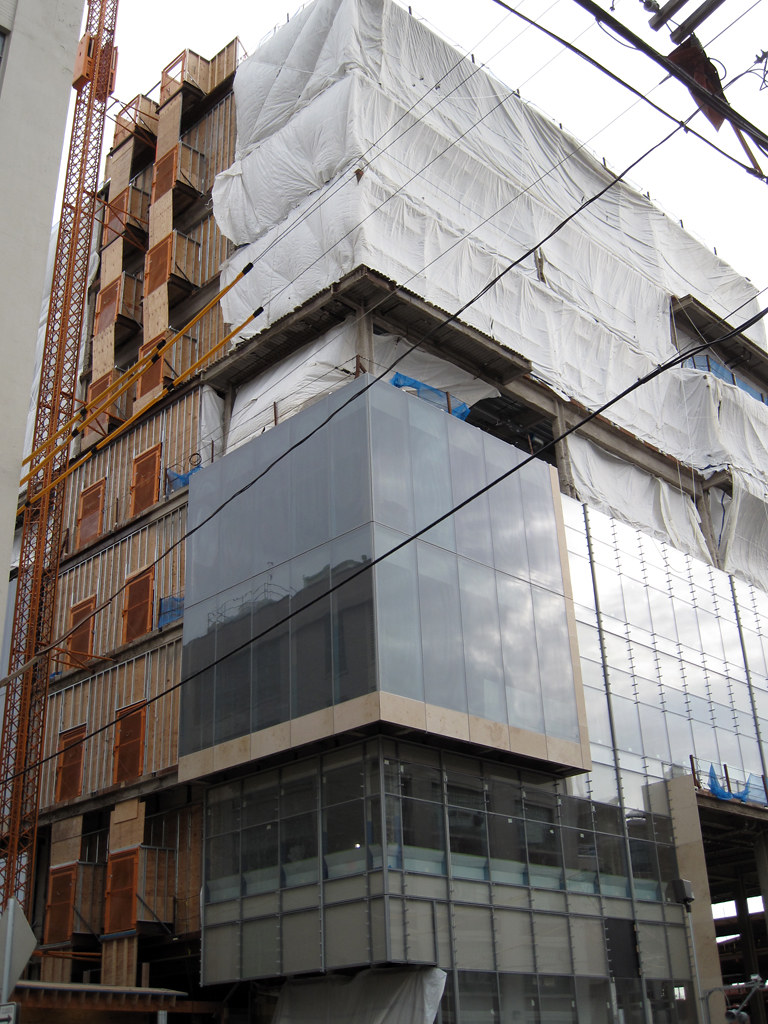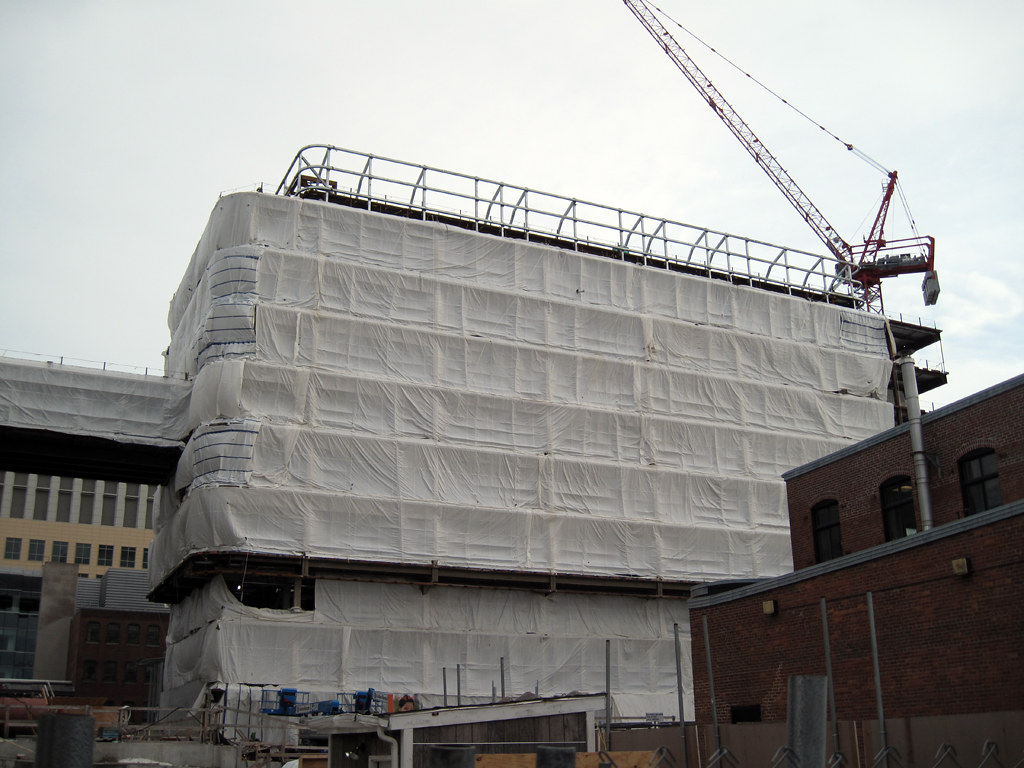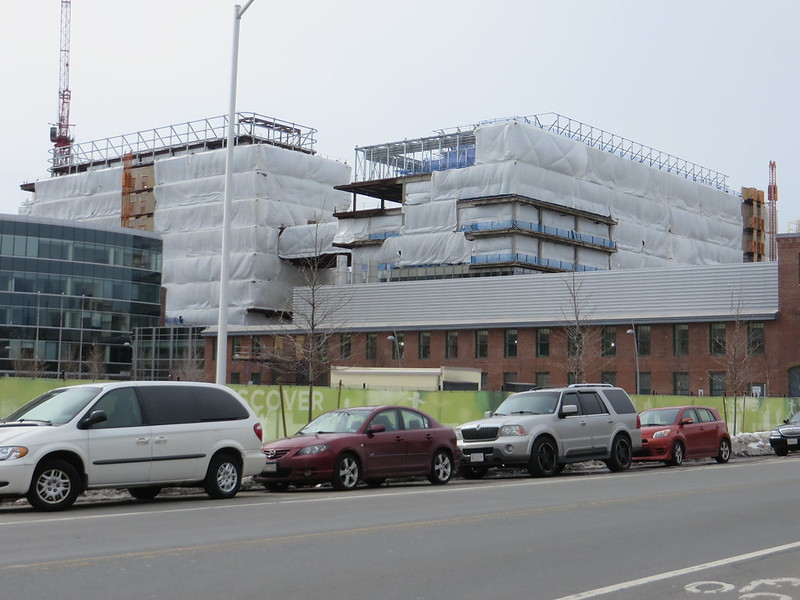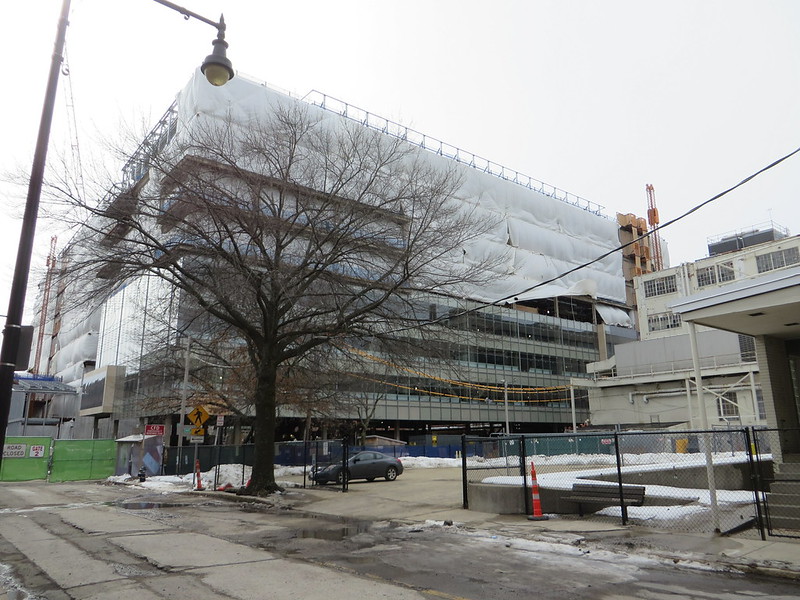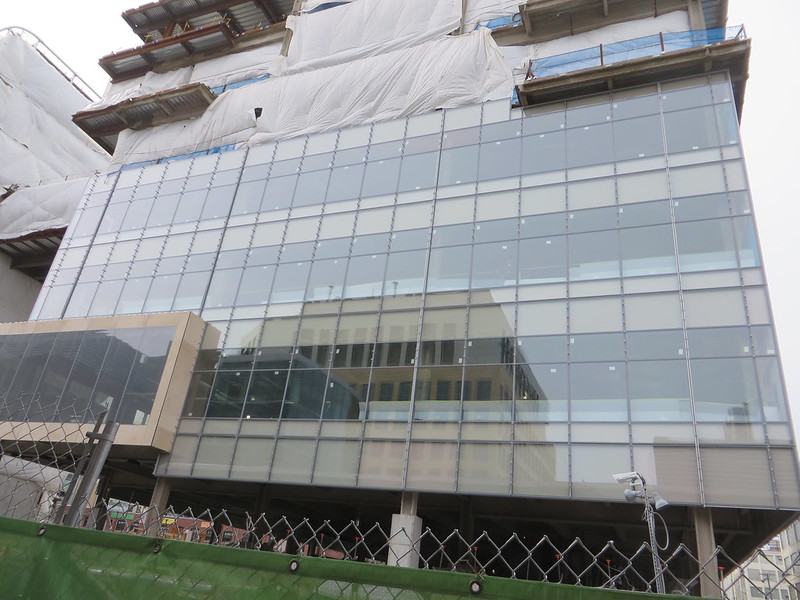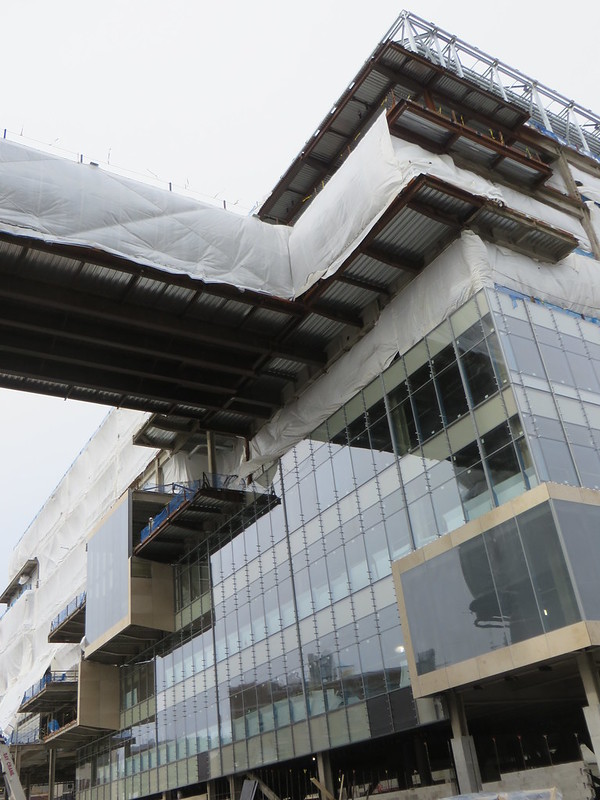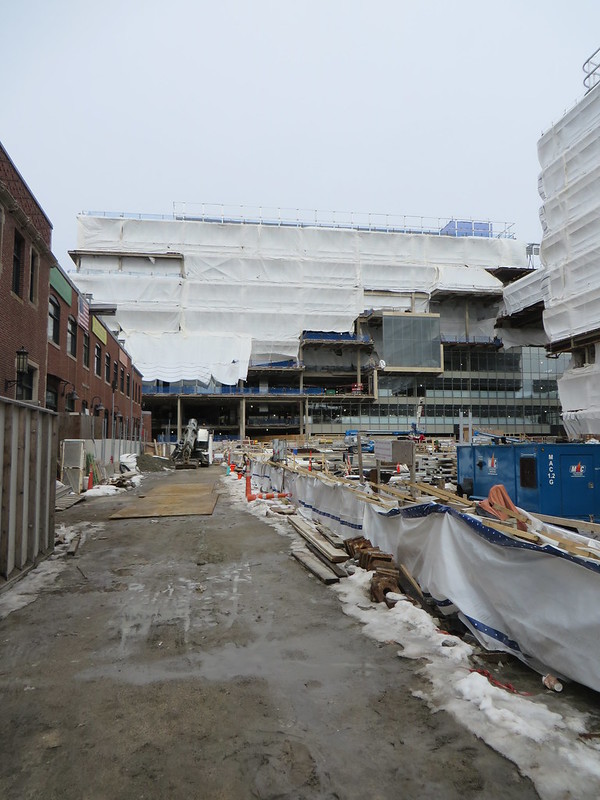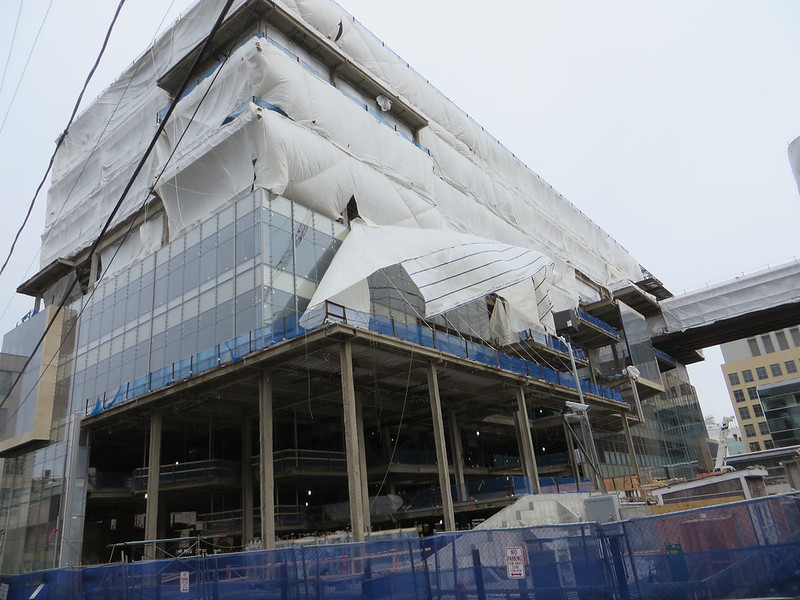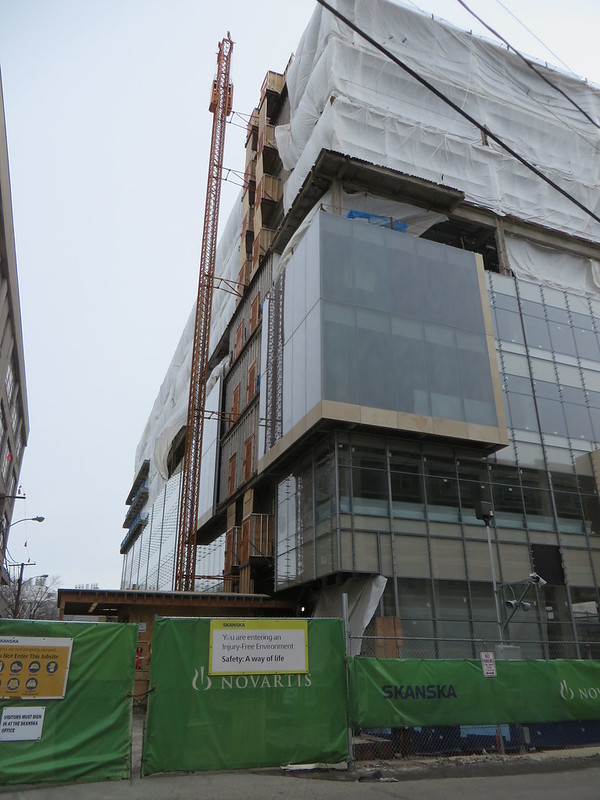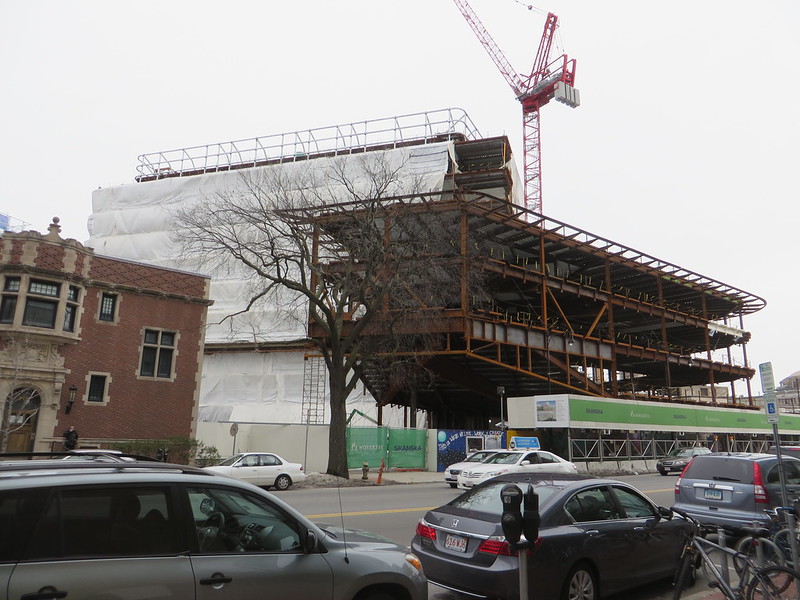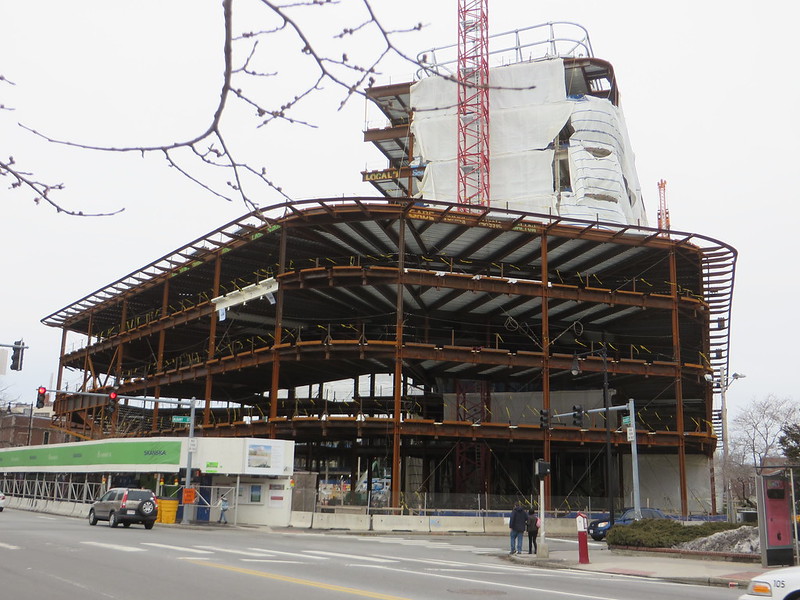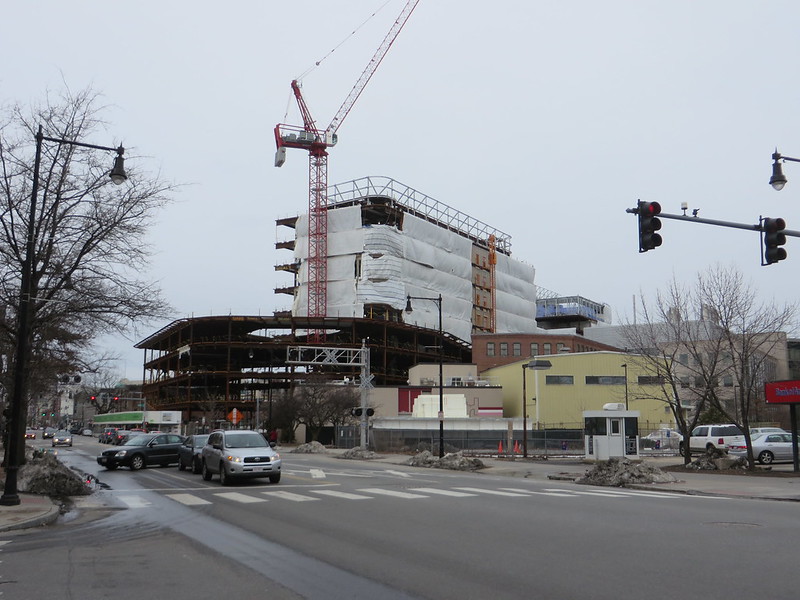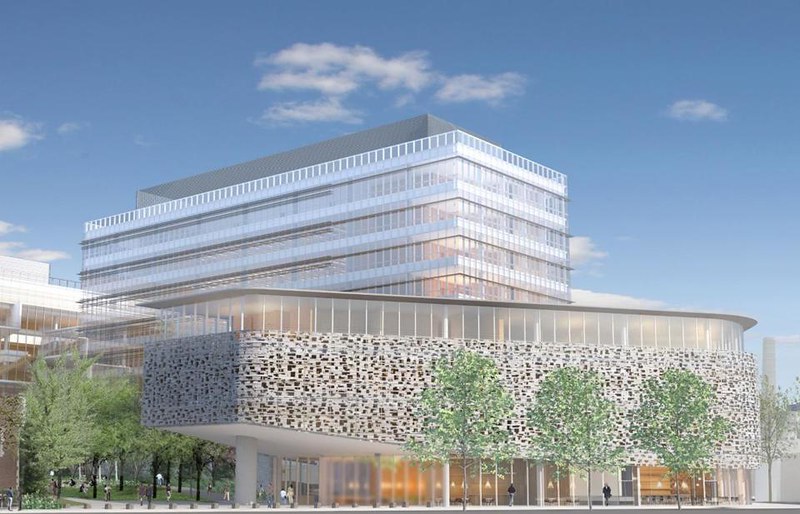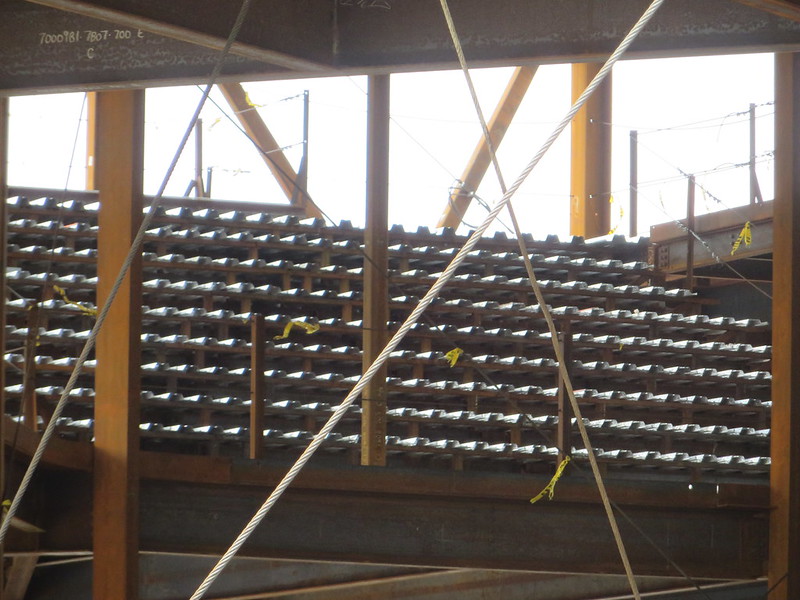Headquarters for a Global Network of Science
Headquarters for the global drug discovery network for Novartis. NIBR is comprised of more than 6,000 scientists, physicians, and business professionals working together across 10 campuses around the world – 1,600 in Cambridge.
Committed to discovering new medicines to help patients with high unmet medical need, we work to push the boundaries of science.
Cambridge is home to research in oncology, ophthalmology, diabetes, musculoskeletal disorders, neuroscience, and cardiovascular conditions.
Other focus areas include discovery chemistry, biologics, pathway biology, and translational medicine.
Across all of our disease areas, we map complex protein signaling networks inside of
cells, known as molecular signaling pathways.
At the research/clinical interface, our translational medicine experts inform our discovery, so that the best medicines reach the right patients, safely and effectively.
Industry and Academic Collaborations
Cancer, stem cells, Next Generation Sequencing, bioinformatics, and immunology are a few of the areas NIBR is working in with academic collaborators and medical centers, and many biotech companies based right here in Cambridge. Why? To bring together
the expertise and ideas wherever they may be, to advance our understanding of disease, and develop better medicines.
Develop your Career at Novartis
Novartis is the largest corporate employer in Cambridge with more than 2,000 associates.
We are proud of our open, collaborative, and dynamic work environment that supports a
team approach to scientific discovery. At NIBR, team members can be across the hall or across the ocean. We offer a variety of opportunities for professional growth and development to foster a culture that values diversity, collaboration, and great science.
State-of-the-Art Drug Discovery Campus
Novartis Cambridge occupies about 1.2 million square feet of laboratory and office space and is investing more than $600 million to expand the research campus on Massachusetts Avenue. The new campus is designed to create an environment where
drug discovery teams can thrive. The internal spaces will be modular and flexible, suited to meet the needs of our teams working to change the practice of medicine



